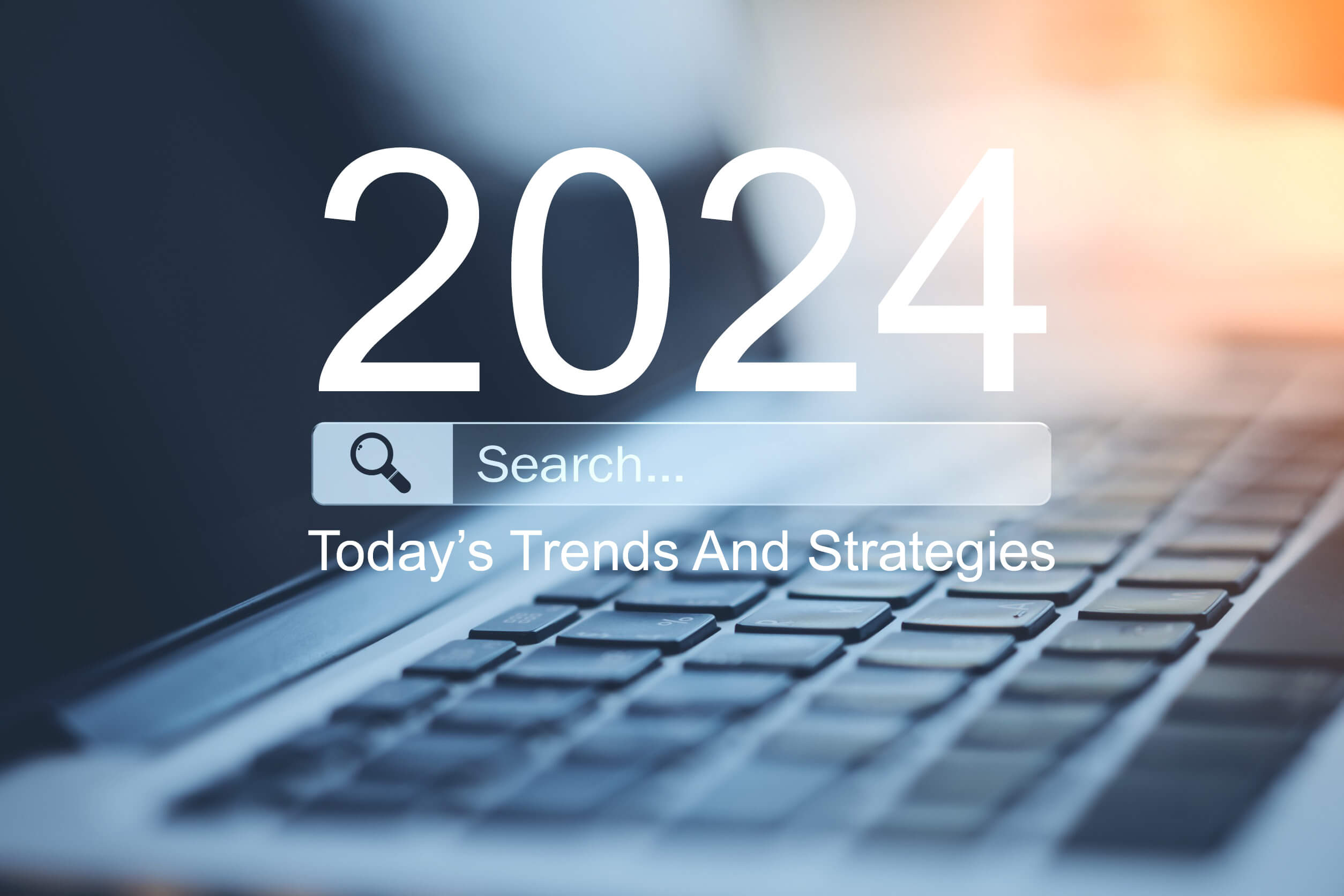What Do You Need to Balance When Doing SEO?
As a digital marketer, I’m a huge proponent of Search Engine Optimization (SEO). SEO is an important part of any well-rounded marketing strategy. Good SEO’s potential positive impact is unquestionable. However, for most businesses, SEO is just one of many factors you need to consider when determining what changes or updates to make to your website.
Yes, following best practices for SEO generally leads to a positive impact on things like user experience, conversion rates, and site performance. That being said, it’s also possible for well-intentioned SEO to have unintended consequences.
You should always think carefully about how changes will impact your website and website users and account for budget and time constraints.
Companies can’t achieve good SEO without balancing many different elements including budgets, technical capabilities, team resources, and interconnected marketing channels. The best SEO teams are good team players and are willing to compromise when needed to achieve their organization’s long-term goals.
Here are a few things to consider when making changes for SEO. Carefully balance your efforts with these factors to mitigate the related risks and avoid negative consequences.
Other Keywords
Considering other keywords might seem like a silly thing to recommend when we’re talking about SEO, but it’s critical.
Before optimizing a page for a certain keyword, consider your other keywords. Optimizing your page for a specific term or topic might cause your page to be less optimized for something else. If your page already ranks well for an important term that brings good high-converting traffic to your website, you’ll want to ensure that any changes you make do not impact these rankings. Review Google Search Console to determine what keywords bring traffic to your site and the content you’re considering optimizing before you make any changes.
Conversion Rate
Getting users to convert from a website visitor into a lead or customer is an important goal for most websites. When making SEO changes, it’s important to consider (and then monitor) how these changes will impact conversion rates. If your change brings 10% more traffic but the conversion rate falls by 50%, that change was probably a mistake!
An example of that kind of change could be including too much content at the top of a page that pushes products or conversion forms down lower. Another example might be something as simple as changing the messaging of your page headings.
If you’re working on an important page with a risk of a drop in conversion rate you might consider testing the changes you want to make using a Conversion Rate Optimization (CRO) tool like Google Optimize or Optimizely to confirm the impact before making a permanent change.
User Experience and Page Performance
Some search optimizations might also have an unintentional impact on user experience metrics like site speed or mobile friendliness. For example, video can be great for SEO, and it generally helps keep people on the page longer and gives them good information. But, if implemented poorly, videos can slow down a page load. And if a video plays automatically it might annoy users and cause them to leave the site. It’s a good idea to take a baseline of key metrics like speed and user engagement before you make significant changes.
AdWords, Social Media, and Other Marketing Channels
Most of the time, SEO is not the only source of traffic to a website. If you have traffic coming to your site from paid media channels, email marketing campaigns, SMS, social media, or other sources, you’ll want to consider these sources before making significant changes for SEO. This is especially true if multiple channels are funneling traffic to the same pages.
Some changes like updating a URL or redirecting one page to another might have an obvious impact. It’s obviously a problem if you change the URL that other channels are using in ads or email links. However, smaller changes like headline updates could also impact an ad’s quality score. Changes could also create a disconnect between what the user reads in an email and what they see on the site.
This does not mean that SEO initiatives should take a backseat to other marketing efforts or that every constraint requires a compromise. Sometimes an SEO strategy should be the priority! It’s up to good marketing teams to work together and determine what the most effective approach will be.
Budget Constraints
Although most SEO efforts can be implemented at a relatively low cost, some SEO initiatives can have a significant cost to implement. Switching to a new content management system, adding paid plugins, redesigning a landing page, and more can be expensive. You’ll need to weigh the costs of an update with the potential impact that change will have on sales or conversions.
Technology Capabilities
Unfortunately, not every website or content management system has the same capabilities. Sometimes you’re limited by the features or capabilities of your particular website. For example, the ability to add custom code or schema markup might not be available.
Team Availability and Time
Some SEO strategies require involvement from additional non-SEO team members like copywriters, designers, developers, or external agencies. For example, creating a new landing page might require design elements from a designer. If your design resource is tied up creating other assets, your implementation could be delayed. Likewise, SEO teams frequently work closely with developers who might be responsible for implementing more technical requirements. Development resources are often limited, and some SEO requests can eat up valuable time that might otherwise be used for product updates, improvements, or bug fixes.
Opportunity Cost
SEO is all about prioritizing. There are hundreds of individual ranking factors that can be optimized endlessly. Identifying the most important and impactful tasks to prioritize is a hallmark of great marketers.
A technical site audit might find hundreds or even thousands of minor optimizations that are considered “best practice” (image size, alt text, canonicals, metadata, etc.) but in reality, some of these optimizations will eat up valuable time and have very little impact. When it comes to SEO, it’s best to focus on the activities that are most important, and layer on additional activities after the important items are addressed. Moz.com provides a great graphic of the “Hierarchy of SEO needs” that can serve as a guide to prioritizing SEO activities.
SEO is one of the most potent digital marketing strategies for driving long-term results. If SEO is not yet part of your digital marketing mix, it probably should be! That being said, SEO, like any other marketing channel, shouldn’t be the only focus of your organization.
It’s important for marketers to remember that the best results come when all parties involved can align on common goals and work together within whatever constraints may exist. No one marketing channel should be completely autonomous or isolated from the others. Likewise, each team member and department within an organization should be aware of how their efforts impact each other. The better an organization can accomplish these objectives, the more effective they will be at reaching their goals!
Author

CJ Lewis
COO at Pouch Marketing
Digital marketing professional with 12 years of experience. Specialties include technical search engine optimization, reputation management, conversion rate optimization, analytics, and running multi-channel marketing campaignsMarch 3, 202









